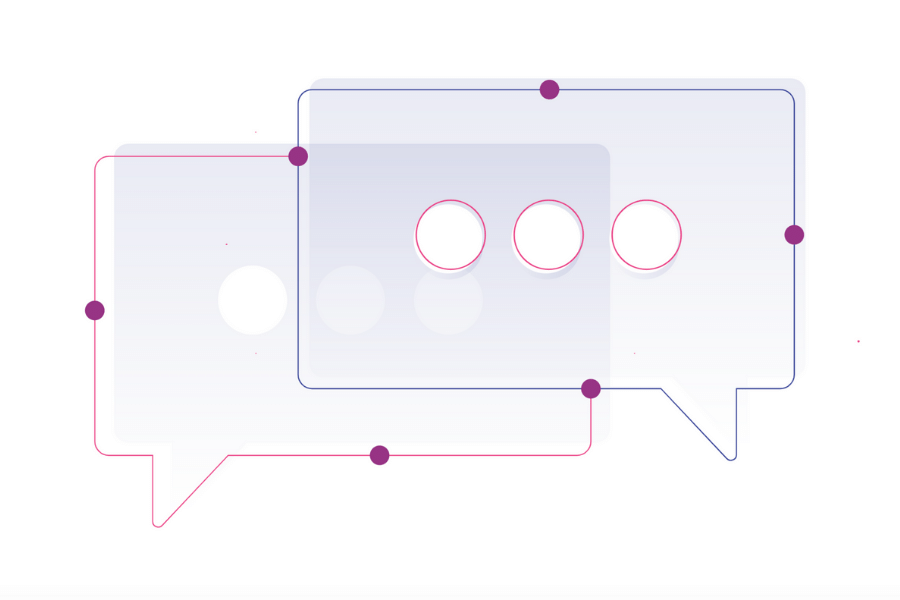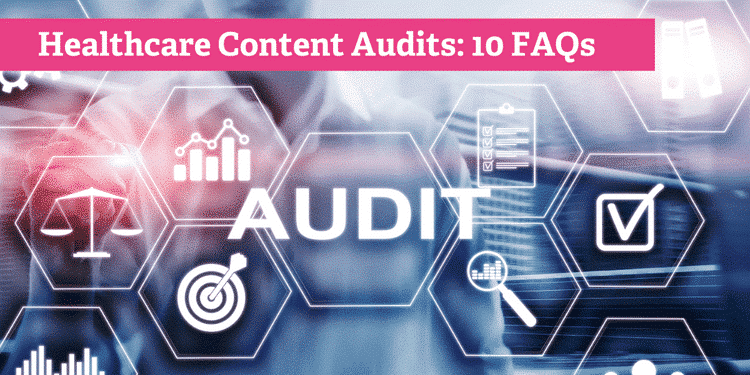Resource Hub
Plain Language Writing for Healthcare
Clarity is a competitive advantage.

Plain Language in Healthcare: Communicate with Clarity
80% of decision-makers crave marketing content that prioritizes plain language over confusing technical lingo. Why? Because when the message is clear, it resonates powerfully.
Whether you’re writing for patients or pitching medtech solutions to doctors or executives, the key remains the same: Speak clearly, and they will listen. Here’s how to get started.
Why Plain Language Matters
Plain language isn’t “dumbing down” or a call to oversimplify vital information. It’s an art and a skill. A way of bridging the gap between expertise and understanding. It’s not about reducing the quality; it’s about enhancing accessibility. The beauty of plain language? It allows your readers to:
- Discover the valuable insights you offer.
- Engage with that information meaningfully.
- Take action based on their newfound understanding.
Learn More: Watch our exclusive writer training video about empathy and plain language.
The Jargon Paradox
It’s true. Healthcare professionals have a unique shared vocabulary, filled with specific terms that are second nature. While it’s tempting to lean heavily on this jargon, especially in B2B settings, remember: Clarity should never be sacrificed. Yes, there are phrases that don’t need decoding for a fellow expert, but your message’s meaning should always shine clearly.
7 Rules to Crafting Healthcare Content Using Plain Language
Healthcare content can get weighed down by complexity. But what if we told you there’s a simple way to write that resonates with everyone? Let’s jump into the how-to of plain language. With these rules, you won’t just be writing, you’ll be communicating. And trust us, there’s a big difference.
1. Make it easy to understand
- Swap medical jargon for everyday terms. Example: instead of “hypertension,” use the more common “high blood pressure.”
- Use every day analogies. Compare the heart to a pump or the brain to a computer to explain functions. Decide ahead of time how you will talk about concepts and document your language choices.
- Structure your content with a logical flow. Start with simple concepts, then dive deeper. Readers can choose when they’ve learned enough.
2. Scannable is best
- Make your headlines pop so readers can easily find the info they’re looking for.
- Use bullet points for bite-sized information.
- Highlight key phrases. Make important information stand out using bolding, color or call-out boxes.
3. Be straightforward
- Start with your main message: “Exercise is essential for heart health. Here’s why.”
- Avoid beating around the bush. If there’s a point, make it.
- Use clear calls to action: “Want to learn more? Book an appointment.”
4. Make it conversational
- Imagine you’re hearing about the topic for the first time. How would you want it phrased? For some patients and conditions, they’d prefer “you” language. Others might not.
- Use contractions. They’re friendlier and more natural.
- Ask rhetorical and relatable questions: “Ever hit that 3:00 p.m. energy slump?”
5. Keep it simple
- Use short sentences. They’re easier to read.
- Active voice always: “The doctor prescribed antibiotics” vs. “Antibiotics were prescribed by the doctor.”
- Keep in mind that 9 out of 10 people have below proficient health literacy and numeracy. Speak to their level of understanding.
6. Be relatable
- Share patient stories or experiences. Readers feel like they are seen when they relate to a real person.
- Address common concerns: “Many ask us if vaccines are safe. Let’s break it down.”
- Use scenarios: “Imagine you’re hiking and twist your ankle. What happens next?”
7. Accessibility is key
- Use diagrams and infographics. Or offer explanatory videos and audio clips to cater to varied learning styles.
- Include alt text for images and provide transcripts and captions for videos.
- Use interactive tools for engagement. Offer content in multiple formats (and languages) to cater to diverse audiences.
When you prioritize clarity, you open the doors of understanding to everyone. And in doing so, you’re not just a content creator, you’re an advocate for health literacy.
Your Plain Language Toolkit
Writing tips for plain language
- Creating valuable content [CHECKLIST]
- Read your content out loud [VIDEO]
- Use consistent voice and tone [VIDEO]
Using the right words and images
- Using simple everyday words when they’re not so simple and every day [VIDEO]
- Should you use FAQs? [PODCAST and Transcript]
- How to build plain language into your content strategy [PODCAST]
- Communicating clearly with a niche audience [VIDEO]
Plain language as a law and a movement
- Clear and Concise Language Act explained [VIDEO]
- Writing resources from plainlanguage.gov [RESOURCE HUB]
- Inclusive language in healthcare [VIDEO]
- How to incorporate DEI in your content [ARTICLE]
Subject matter experts and plain language
- Physician marketing: Why jargon doesn’t work [VIDEO]
- Get doctors to drop the jargon and use plain language [VIDEO]
- What low literacy does to your readmission rates [VIDEO]
Tools for plain language
- Readability scores? Yes or no? [ARTICLE]
- How to check and audit content for reader value [VIDEO]
- Writing for your audience and SEO [CHEATSHEET]
Want more plain language tips like these?
Get clear content insights delivered to your inbox, 2x per month.

Content Findability Tips: How to Get More Eyes on Your Content
Hide-and-seek is one of those games you don’t really want to win. No one wants to be the last one standing — crouching alone in a bush, hearing all the neighborhood kids having fun without you. Marketing has a lot in common with hide-and-seek — both come with a lot of...

Healthcare Content Audits: 10 Frequently Asked Questions
We get it. “Audit” is a dirty word to marketers. It feels a lot like cleaning out the attic — vulnerable, nostalgic and grueling. You’ll probably find boxes you haven’t touched in years (with clothing that’s so old, it’s back in style — hello, low-rise jeans). You’ll...

Case Study: Can AI Write Website Content in Plain Language?
AI has come a long way since ChatGPT’s launch in 2022. When you want original content, AI still can’t replace human writers. But it is handy for updating existing content … or so they say. Let’s find out. Testing AI Website Content We enlisted a human writer for this...
